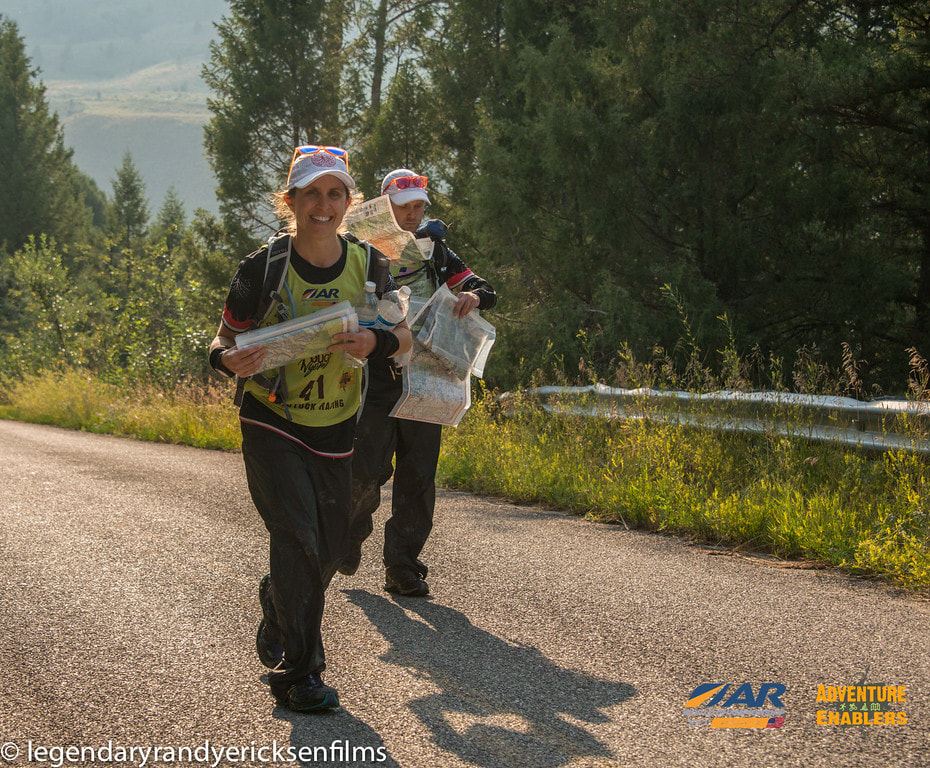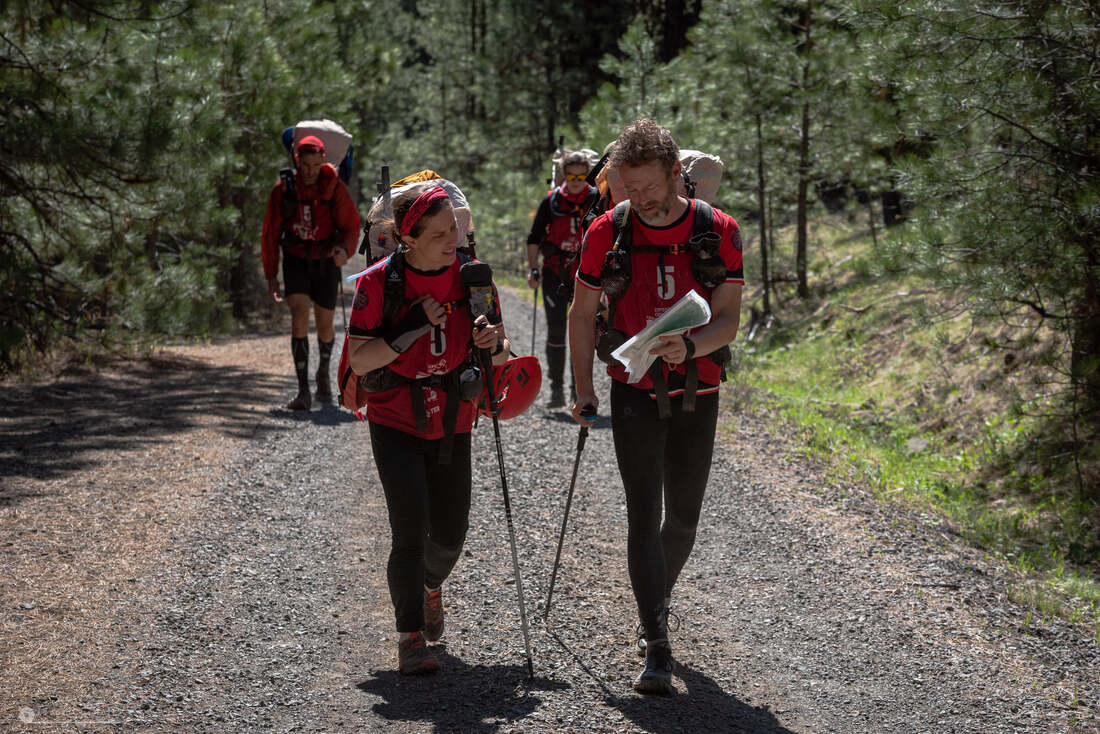|
Adventure racing legend, friend, and teammate Mark Lattanzi wrote an excellent book on the topic of navigation. Go read it. Rather than do a deep dive on technicalities of navigation, here are some general reflections on big questions and strategies to consider as a navigator and as a team. Expeditions vs. shorter eventsNavigation tends to be “easier” in multi-day races, in that there are fewer CPs and most of them tend to be relatively easy to find. Shorter adventure races typically include a fair bit of micro-nav or even challenging orienteering. You might be looking for a checkpoint every fifteen minutes in a short race. In an expedition race, you might travel for fifteen hours between checkpoints. The challenge often is more in the route finding than the precision, as there are often different options to traverse these long distances. For the Endless Mountains, expect a hybrid approach to race design. Some legs will be relatively straight forward navigationally, with few checkpoints. You will also encounter some navigation that’s more challenging than you would typically find in many expedition races.
|
|
- Make sure you know which maps you need when (as noted in the last Expedition Playbook post, don’t make the classic mistake of storing maps in a bike box only to find you needed them in your paddle bag… we share this from experience…). Remember, the race will start off like any other, but in a few days, things can go sideways fast when it comes to navigation. If your maps are a mess going into the race, it’s going to turn a challenging stage into an absolute mind bender on Day 4.
- Make sure you pay close attention to the instructions and rules. There will be a lot of information to process. Don’t rush it and miss the out-of-bounds trail or road and then get penalized or disqualified for making a mistake during the race. Many navigators (including Rootstockers) make the mistake of succumbing to the pressures that come with pre-race route and map planning. If you need to take some extra time to prep, label, and organize your maps, do it. Ten extra minutes of map prep is worth it if it saves ten hours of mistakes.
|
Autopilots. Especially when building or breaking down bikes, we’re grateful for their simple attachment systems and don’t miss the maddening nuts and bolts many other boards require. It may be fine to mount those boards in your garage for a weekend ride, but no one needs a Mensa puzzle on day five. You just want to build your bike, throw on a map board, and go.
| Beyond this, navigation comes down to experience. The more, the better. Incorporate navigation into your training: go to some orienteering meets, compete in some weekend adventure races, print out a topo map from Caltopo, mark it up, and go practice (if you have a GPS device, you can check out your route either while in the woods or afterwards and see how you did). |
Even better, practice navigating with your team and work on navigating as a unit rather than leaving it all up to one person. Have everyone work on pace-counting and following bearings, so that everyone can be a better, more effective backup navigator. The more navigation becomes a team effort, the more engaged everyone can be, especially when folks start getting tired. This doesn’t mean navigating by consensus – you want to be careful not to create a “too-many-cooks-in-the-kitchen” situation – but some of the best navigators in the sport lean on others to maximize the team’s performance.
0 Comments
Your comment will be posted after it is approved.




 RSS Feed
RSS Feed
